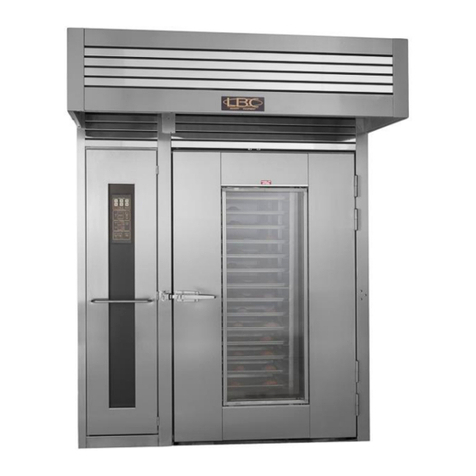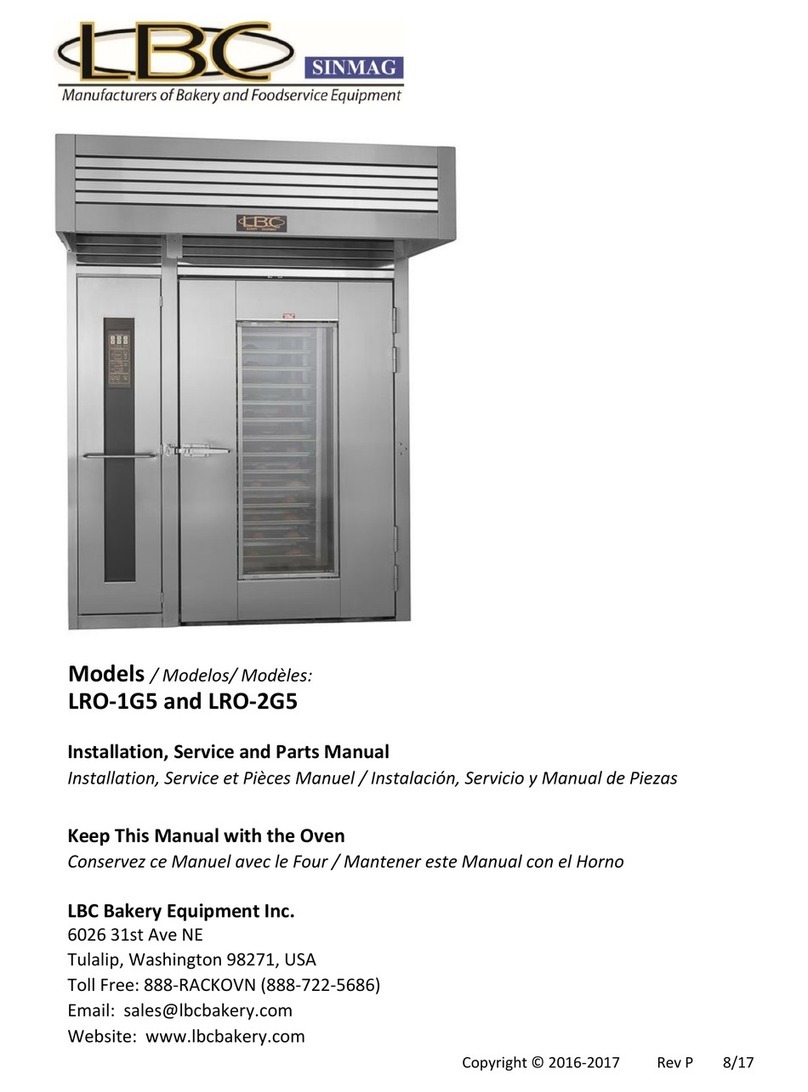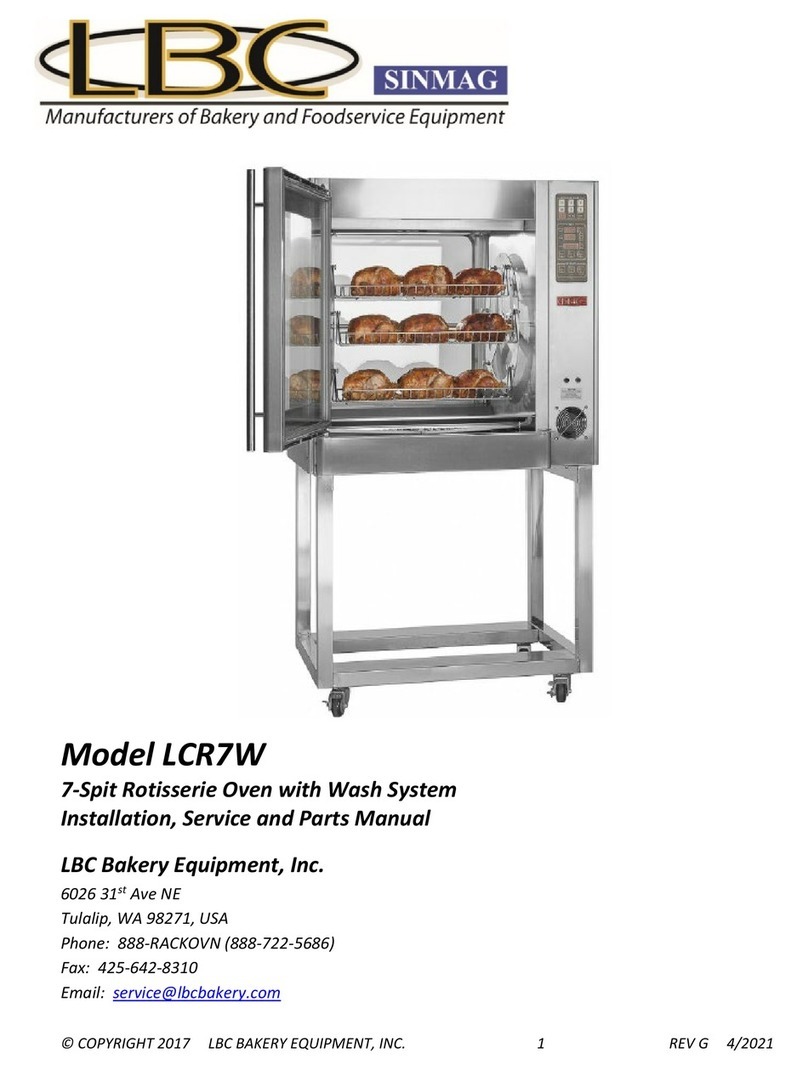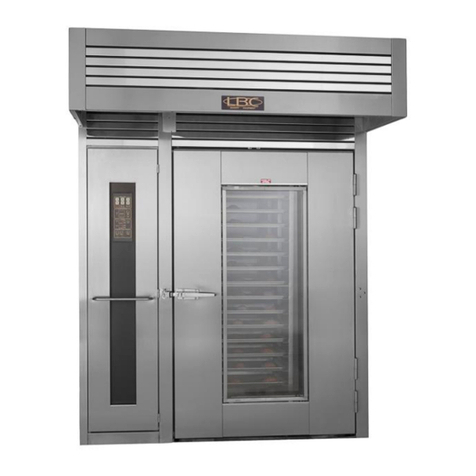4
SAFE OPERATING RULES (Part 1 of 2) I
YOU MUST READ AND UNDERSTAND THIS SECTION BEFORE YOU OPERATE THIS APPLIANCE.
Hot Surfaces
The appliance may be hot. Do not contact hot surfaces without proper protection. Contact with hot surfaces
can cause serious burns, loss of skin and hair and the use of limbs.
Avoid contact with hot surfaces when loading or unloading the oven. Use appliance mitts to load and unload
product. Contact with hot product can cause you to react suddenly and result in spilling or dropping the
product, which can cause physical harm.
Hot Water, Steam and Spillage Hazards
This appliance produces steam in the process of cooking, which may be released from the oven interior. Steam
is very hot and contact can cause serious burns, loss of skin and hair, loss of the use of limbs and serious injury
to eyes and internal organs. Excessive contact with steam can even result in loss of life. When using the
sandwich door, keep your face and hands clear of the door opening. Also keep your face and hands clear of
the cook chamber entrance and exit openings.
Steam produced by the appliance can cause the floor to become wet. If this happens, wipe or mop up the
water and alert other employees of the hazard. Use caution to avoid slipping when operating this appliance
or when in the area of the appliance.
In the normal operation of the appliance, product intended for cooking may spill onto the floor. If this happens:
oMop up and clean up any product on the floor in front of the appliance or in the surrounding work area.
oAlert other personnel, employees, customers or observers of the hazard.
Sharp Edges and Pinch Hazards
Use caution to avoid contact with sharp edges. Doors, covers, etc. may have edges that can cut or snag skin
and clothes. Use caution when working on, cleaning or servicing the appliance.
Keep hands and fingers out of the path of the sandwich door when closing to avoid pinching.
Strains, Over-Extension, Over-Exertion and Lifting Hazards
Use caution when loading or unloading heavy product from the appliance. Cooked product may be heavy
and result in sprains, strains or injury to back, arms, hands or legs. Do not lift more than you are safely
capable of lifting.
Other Precautions
Never stand on top of the appliance for any reason.
Do not store anything on top of the appliance.
Smoke or Fire Hazard
If you see flames or smoke in or around the appliance:
oTurn the appliance off and contact your supervisor or an authorized service provider.
oCall 911 or contact fire safety personnel in accordance with your employer’s emergency plan.
Do not operate the appliance or any other appliance if you hear bangs, pops or other abnormal noises. Turn
off the appliance and contact your supervisor or authorized service provider.
Do not allow any flammable materials to be put into the appliance. The following materials are flammable:
oGasoline and petroleum products, including wax and tar.
oWood chips, wood and paper.
oFlour dust and fine corn meal that can become airborne.
oCharred baked products or any other burned material.
oAnimal and vegetable fats that vaporize or become overheated.

































